Khám phá thảo mộc hoang dã trong các công thức ẩm thực mộc mạc của Macedonia
32 phút đọc Khám phá hương vị hái được từ Macedonia khi các loại thảo mộc hoang dã nâng cao các căn bếp mộc mạc—mẹo vặt, truyền thống và công thức tôn vinh tầm ma, xạ hương và tỏi rừng từ những đồng cỏ núi đến lò bếp. tháng 10 05, 2025 00:11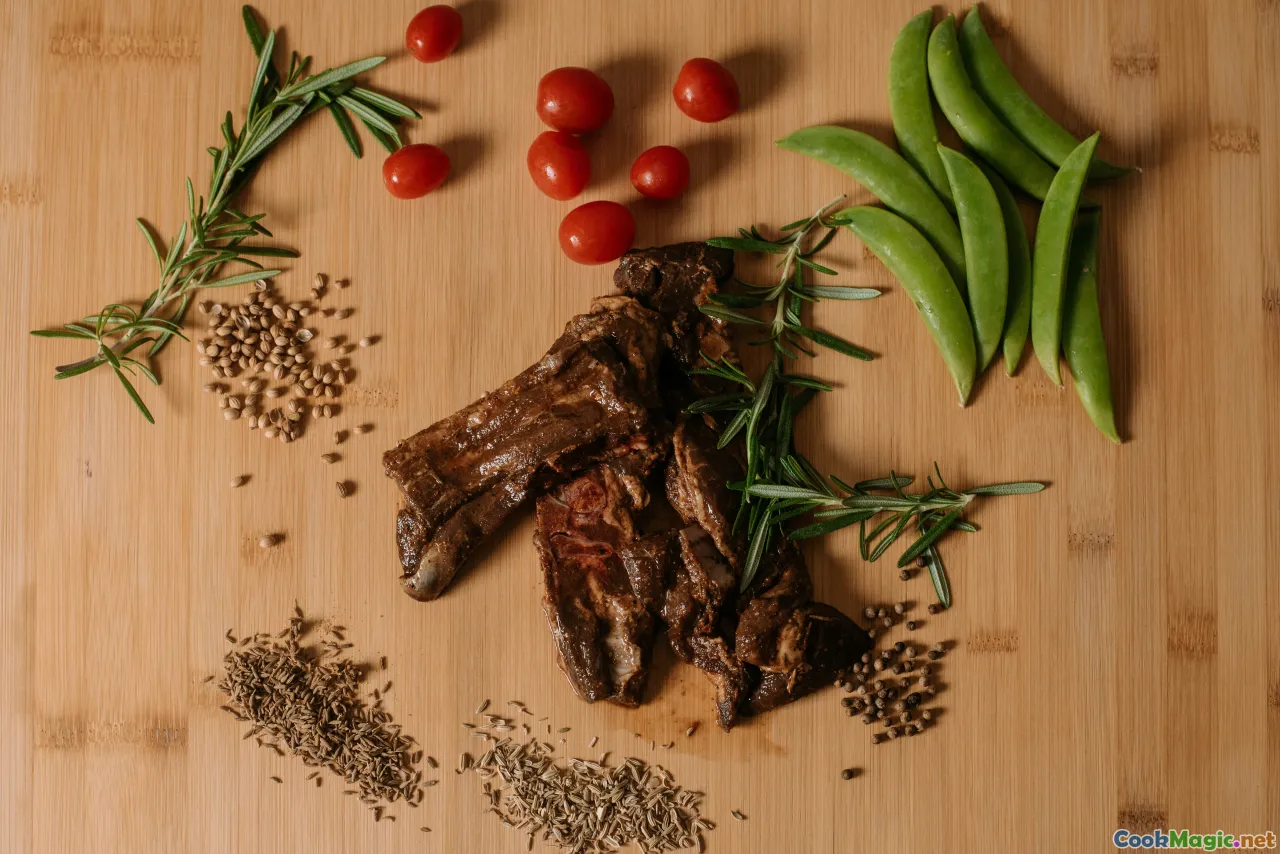
The first time I followed the scent of wild thyme into the Macedonian hills, the sun hadn’t yet climbed above the broken limestone ridges of Mariovo. The earth was still cool, and the steppe grass crackled softly against my boots. I bent to tie a loose lace and the scent hit me—warm, peppery, a little resinous—like someone had tucked a tiny charcoal grill beneath the stones. A shepherd’s dog loped past, unbothered; a lone sheep bell echoed. In those early hours, the country seems distilled: the smell of dust and sagebrush, the color of sun-baked clay, the taste of something clean and ancient. And always, herbs—wild, insistent, humble. In this landscape, Macedonian rustic cooking was born.
The Scent of the Hills: A Forager’s Morning in Mariovo
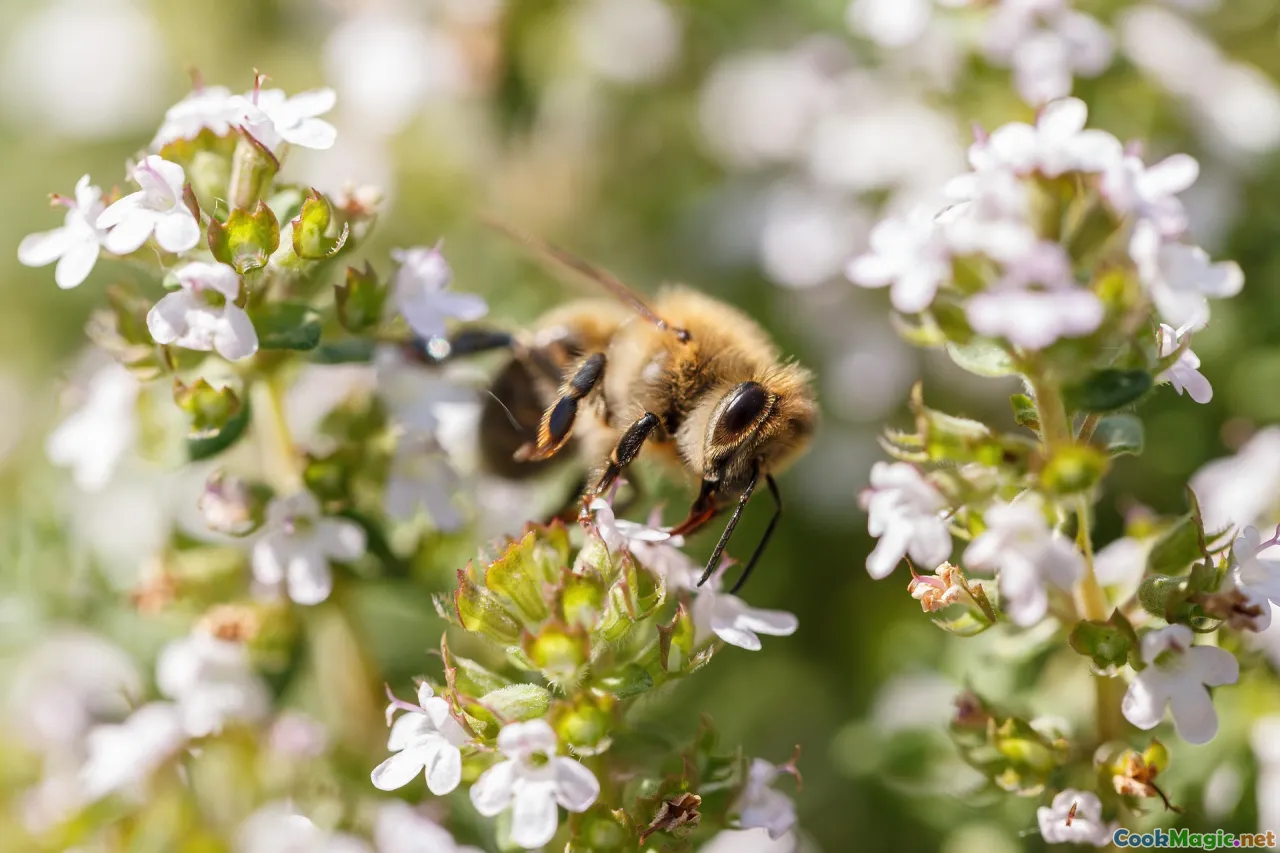
The hills of Mariovo wear herbs like a crown. Sparse trees, rock outcrops, and wide meadows open into sweeps of aromatics: majčina dušica (wild thyme), rigan (oregano), žalfija (sage), and the occasional rush of sremuš (ramsons) in spring, like green paint splashed under the beech groves. If you kneel and pinch a sprig of thyme, the oils burst across your fingers—spicy, with a whisper of eucalyptus—and if you rub a leaf of žalfija, the smell is closer to leather saddles and lavender. Foraging here is a lesson not just in botany but in patience. The plants ask you to slow down.
With a small woven basket, I walked with Vesna—a schoolteacher on weekdays, a quiet master of wild-foods on weekends. She had the easy stride of those born to hills. She showed me the right way to pluck thyme: two fingers, a gentle twist just above the woody base, leaving the plant to breathe and grow back. She pressed a leaf of lemon balm—matičnjak—into my palm and said, “Taste for afternoon.” The leaf cracked like green citrus over my tongue, a breeze in herb form.
On a flat of sun-warmed stone, we paused and drank planinski čaj (“mountain tea”) from a thermos—Sideritis raeseri, gathered lower in Pelister. It tasted of hay, autumn glow, and a hint of apple skins. We ate bread baked that morning by Vesna’s mother and crumbled over it a pinch of dried čubrica—savory—that Vesna kept in a pocket tin. Between bites, she pointed with her chin down into the white-scar fringed valley: “That’s where the lambs graze. This thyme is what you taste when the meat hits the coals.”
Herb Lore at the Market: Skopje’s Zelen Pazar and Bit Pazar
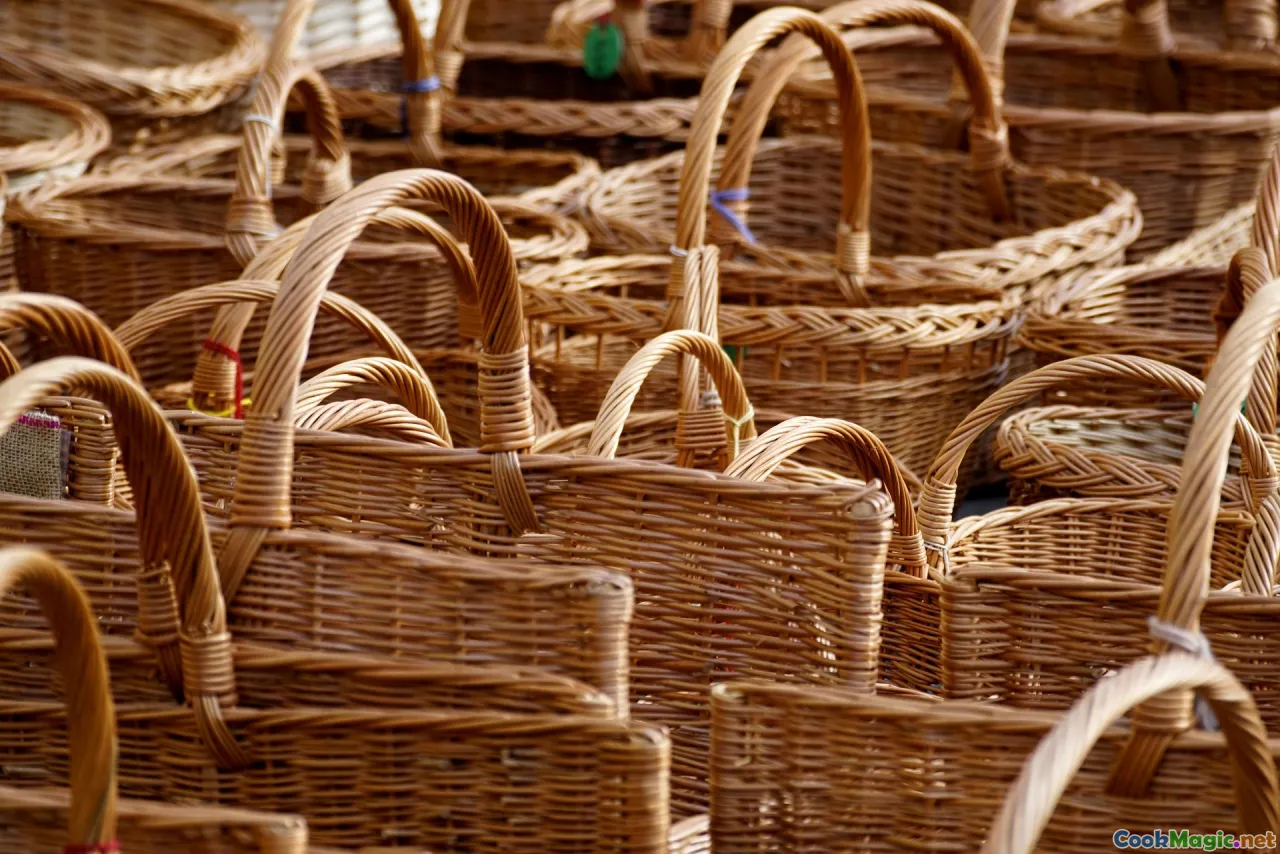
If the hills are the pantry, the markets of Skopje are the cookbook. Zelen Pazar, the Green Market, greets you with a hum of bargaining and the coppery shine of tomatoes piled into pyramids. Next to the fruit stalls, there’s always a lane heavy with dried bundles: magdanoz (parsley), nane (mint), čubrica (savory), rigan (oregano), and fat braids of garlic glinting like tusks. Reach into a sack and your hand disappears into a fragrant cloud—the ricochet of dried leaves and the soft rasp of stems against your nails.
Over at Bit Pazar, nearer the Old Bazaar’s cobbles and mosques, elderly women in floral headscarves sell packets wrapped in brown paper, tied with cotton string, labeled in pencil. One bundle might be a field blend of thyme and oregano from Šar Planina; another is a wild mint snipped from the banks of the Treska River. If you go in April, you’ll see baskets of fresh sremuš—ramsons—with leaves as wide as a man’s palm and a smell like onions and rain-soaked soil. The vendors remember their foraging spots the way fishermen remember currents. Ask the price and you’ll get a story: who taught them, how to cut it, and which soup demands it.
Tucked into corners are jars of Bukovo pepper—bukovec—dustily red with a gentle heat that smells like sun-dried paprika, not fire. In Bukovo village, near Bitola, house balconies flash strings of peppers like red jewelry. Ground with salt and a handful of herbs, bukovec becomes that quintessential Macedonian seasoned salt you’ll meet on every table: a rusty-hued powder that tastes like warmth itself.
A Short History of Macedonian Herbal Cooking
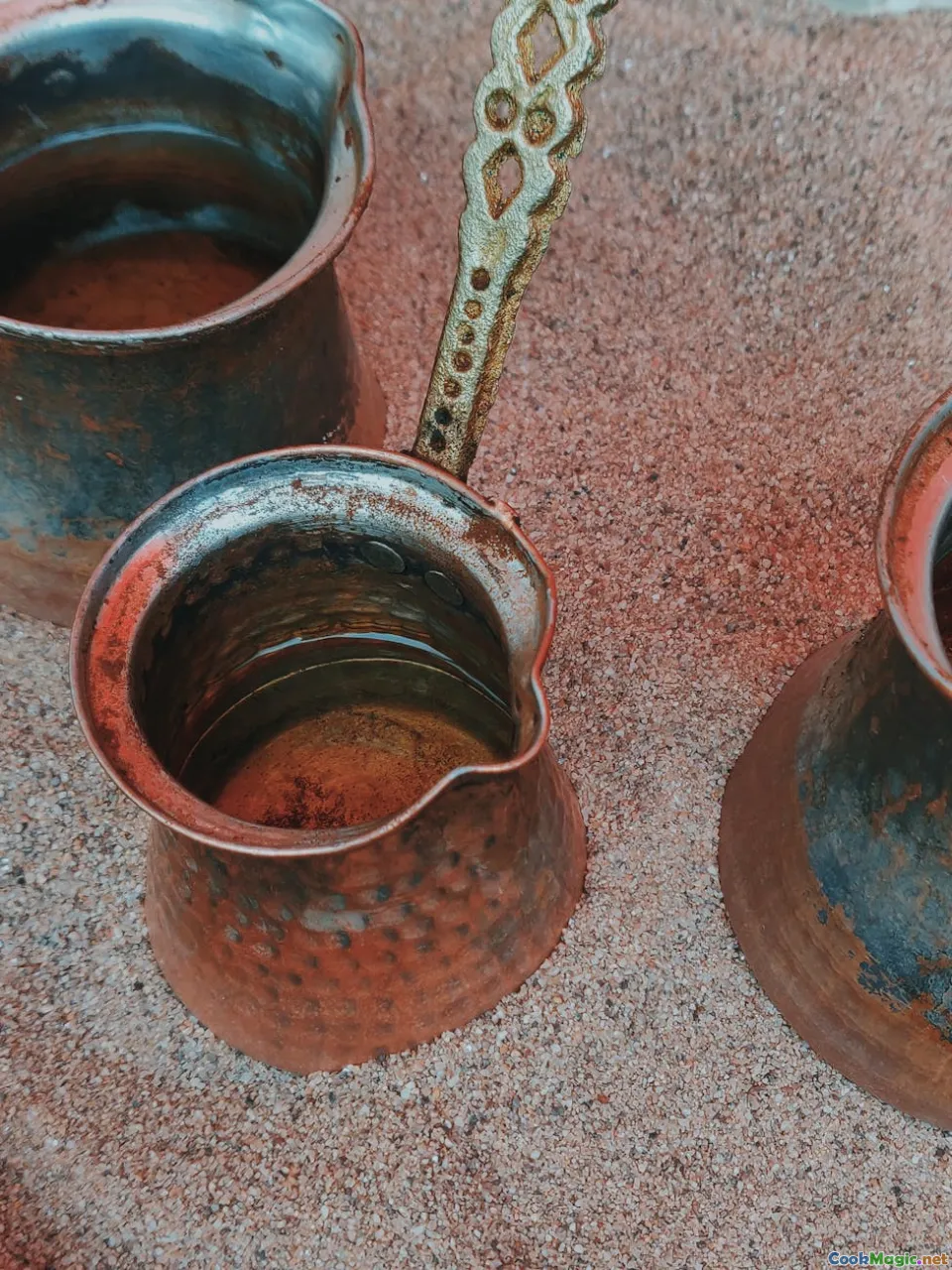
Herbs traveled through this land with conquerors and pilgrims, monks and shepherds, carried in pockets and woven into wreaths. Under the Ottomans, gardens fattened with parsley and mint, and kitchens learned to perfume rice with green notes to counter richness. Earlier still, Illyrian and Paeonian herders sharpened stews with wild aromatics because salt was scarce and fires were low. A distant echo of that thrift still sings in today’s tavče gravče—baked beans brushed with herbs and roasted peppers until every bean is imbued with smoke and earth.
Monasteries kept herb knowledge alive. In the shadow of Bigorski Monastery, monks tended plots of sage, mint, lemon balm, and wild thyme, making teas that soothed stomachs and perfumed lenten vegetable stews. In Treskavec, perched on stone above Prilep, the wind itself seems to taste of thyme. Pilgrims still come with little bottles to fill with holy water; they leave with heads full of plant names and a pocket of leaves handed to them by a monk who knows where and when to pick each sprig.
After the wars and into the Yugoslav era, kitchen practices reshaped themselves around markets and modest incomes. Herbs became an affordable luxury, a way of making a potato stew taste like a mountain vista. The continuity is astonishing: what my friend Vesna gathers under a hawk’s shadow ends up as the same green brightness her grandmother stirred into nettle pies when Tito was a young man and wood stoves ruled the morning.
The Wild Cast: Herbs You’ll Meet on the Trail

-
Majčina dušica (Wild Thyme, Thymus serpyllum): Small-leaved and persistent, it forms purple mats on sunny slopes. Flavor: peppery-woodsy with a cooling aftertaste. Use: lamb rubs, grilled trout, bean pots, and to perfume crusty bread rubbed with garlic and oil.
-
Rigan (Oregano, Origanum vulgare hirtum): Thicker leaves than thyme, more immediate in the nose. Flavor: warm, slightly bitter, with a sweet menthol edge. Use: crumble over pastrmajlija, stir into tomato salads, mix into doughs for crackling crusts.
-
Nane (Mint, Mentha spicata): Wild mint in Macedonia leans spearmint—cool and grassy, less medicinal than peppermint. Use: bean stews, stuffed peppers (polneti piperki), and abundant in summer salads with cucumbers and feta-like sirenje.
-
Sremuš (Ramsons/Wild Garlic, Allium ursinum): Broad leaves, strong garlicky aroma that softens on cooking. Use: spring soups, pestos with walnuts, folding into zelnik (leafy pie) for a green bite.
-
Kiselica (Sorrel, Rumex acetosa): Arrow leaves, tang like lemon peel without sweetness. Use: early spring soups, quivering with green; stirred into urda (fresh whey cheese) to brighten fillings.
-
Kopriva (Nettle, Urtica dioica): Stinging raw, silk-smooth when blanched. Flavor: earthy, spinach-like with a mineral edge. Use: nettle and rice pies, soup thickened with potatoes, fillings under a sheen of kajmak.
-
Žalfija (Sage, Salvia officinalis): Velvety leaves, smell of leather and honey. Use: brown-butter sage sauces over jufki (hand-cut pasta), flavoring chicken roasted in shallow clay pans.
-
Magdanoz (Parsley): Flat-leaf dominates; bright, peppery. Use: practically everything—salads, soups, stews, a green confetti over grilled meats.
-
Čubrica (Savory, Satureja hortensis): The Balkan’s quietly essential herb. Flavor: the love child of thyme and pepper, with a tiny punch of heat. Use: bean dishes, sausage meat, seasoning salt blends.
-
Matičnjak (Lemon Balm, Melissa officinalis): Citrus-soft and delicate. Use: teas, syrups, and delicate fish.
-
Estragon (Tarragon, Artemisia dracunculus): Less common, more a hallmark of eastern regions and family gardens. Use: pickling and “secret” bean seasoning that old cooks won’t confess to.
Each herb tells a time and place. A bunch of mint on your cutting board means the sun is high and cucumbers are cold. Thyme under your fingernails means you’ve been to the stones where lizards watch you work.
Dish Stories: Rustic Recipes That Taste Like the Land

Zelnik with Wild Greens and Sremuš: In Kičevo, an old woman once taught me her spiral zelnik. The dough is pulled so thin you can read a letter through it, then brushed with sunflower oil and layered with blanched nettles, chopped sremuš, and urda. The scent while baking isn’t merely “herbaceous.” It’s like the door of May swinging open: rain on grass, garlic exhale, the sweet lactic whisper of fresh cheese. The top browns into a blistered map of gold. When you cut it, steam blooms green and garlic-rich. Not a fancy dish, but it can hush a table.
Tavče Gravče with Čubrica and Bukovec: Everyone has their way. Mine borrows from a cook in Bitola who said, “Beans are bread; let them be plain and perfect.” I soak the beans overnight and simmer with onion, a carrot, and a bay leaf until just soft. In a clay tava, I melt pork fat—or sunflower oil if you prefer—and stir in chopped garlic and a teaspoon of bukovec until the kitchen smells like smoke and paprika. The beans go in with their liquor, a handful of chopped mint and parsley, and two pinches of čubrica. Bake until the top darkens, until clicking your spoon against the pot rings like a bell. The surface oceans in and out with crimson oil; the beans underneath are creamy, their skins whisper-thin. Serve with raw onion, pickled green chilies, and bread that bites back.
Pastrmajlija Dusted with Mountain Herbs: Stip’s oval flatbread—crust bubbly, edges blistered—traditionally wears curls of cured, salted meat. I brush the dough with a slick of pork fat, scatter the meat, and right after it leaves the heat, I add a crumble of oregano and thyme. The herbs release perfume on the bread’s residual heat, and every bite tastes like a hillside picnic under a hawk.
Spring Lamb for Gjurgjovden: The lamb that grazes on thyme tastes faintly of it before any seasoning. For the Gjurgjovden table—St. George’s Day in early May—families roast lamb on a spit or in a deep pan. The rub is simple: crushed wild thyme, chopped oregano, grated garlic, lemon zest, salt, and a spoon of bukovska sol (seasoned salt). As it roasts, the fat carries herbal smoke into the meat’s pores. When you pull it apart with fingers, steam curls up, and the smell is meadow-sweet and mineral-rich. People crown doors with wild greens that day. The lamb and the wreaths share the same wind.
Stuffed Peppers with Mint and Parsley: Polneti piperki are a summer staple—green peppers stuffed with rice and sometimes minced meat. A friend in Kriva Palanka taught me to stir in minced mint at the last minute, so that it perfumes rather than cooks out. The rice ends slightly toothy, shining in tomato oil. The peppers soften like silk sheets; the mint lifts the entire dish like a late breeze.
River Trout with Sage and Lemon Balm: Along the Radika River, I once ate trout caught not an hour before, slipped into a pan of sizzling sunflower oil and sage leaves. After a flip, the cook added a handful of lemon balm and a squeeze of lemon, and the kitchen filled with steam that smelled like noon on a terrace. The skin crackled, the flesh nodded under a fork, and every bite tasted of swift water and green shade.
How-To: Foraging Safely and Respectfully in Macedonian Landscapes
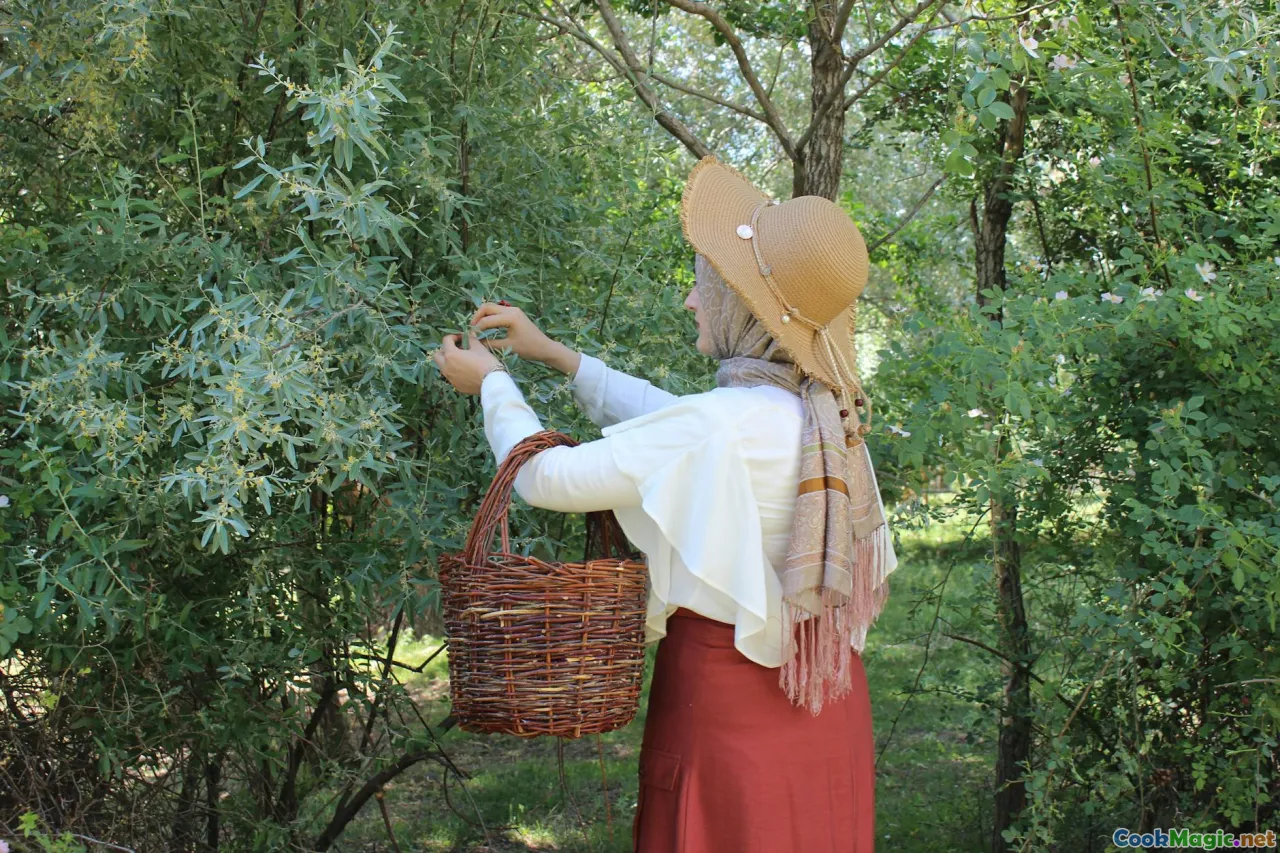
- Learn the names—local and Latin. Take a pocket guide, and when unsure, don’t pick.
- Harvest a little from many plants, not a lot from one. Leave the root intact; snip above the woody base.
- Avoid roadsides and sprayed fields. If you wouldn’t drink the runoff, don’t pick the leaves.
- Spring is for sremuš, sorrel, and young nettles. High summer brings thyme and oregano to their aromatic peaks.
- Use a basket or cloth bag. Plastic steams herbs into mush; herbs need to breathe.
- Laws vary, but national parks and protected areas often limit foraging. Ask villagers—someone always knows the local custom.
- If a plant is rare in one spot (or if you’ve stumbled onto a beloved community patch), walk away with your nose and your memory; take nothing but a story.
I was once handed a sharp reminder: a shepherd near Mavrovo scolded me for taking too many thyme tops near a lambing fold. “They need shade,” he said, nodding toward the flock. Herb patches are part of a larger living system; we’re guests.
Drying, Salting, and Storing: Keeping a Year of Flavor
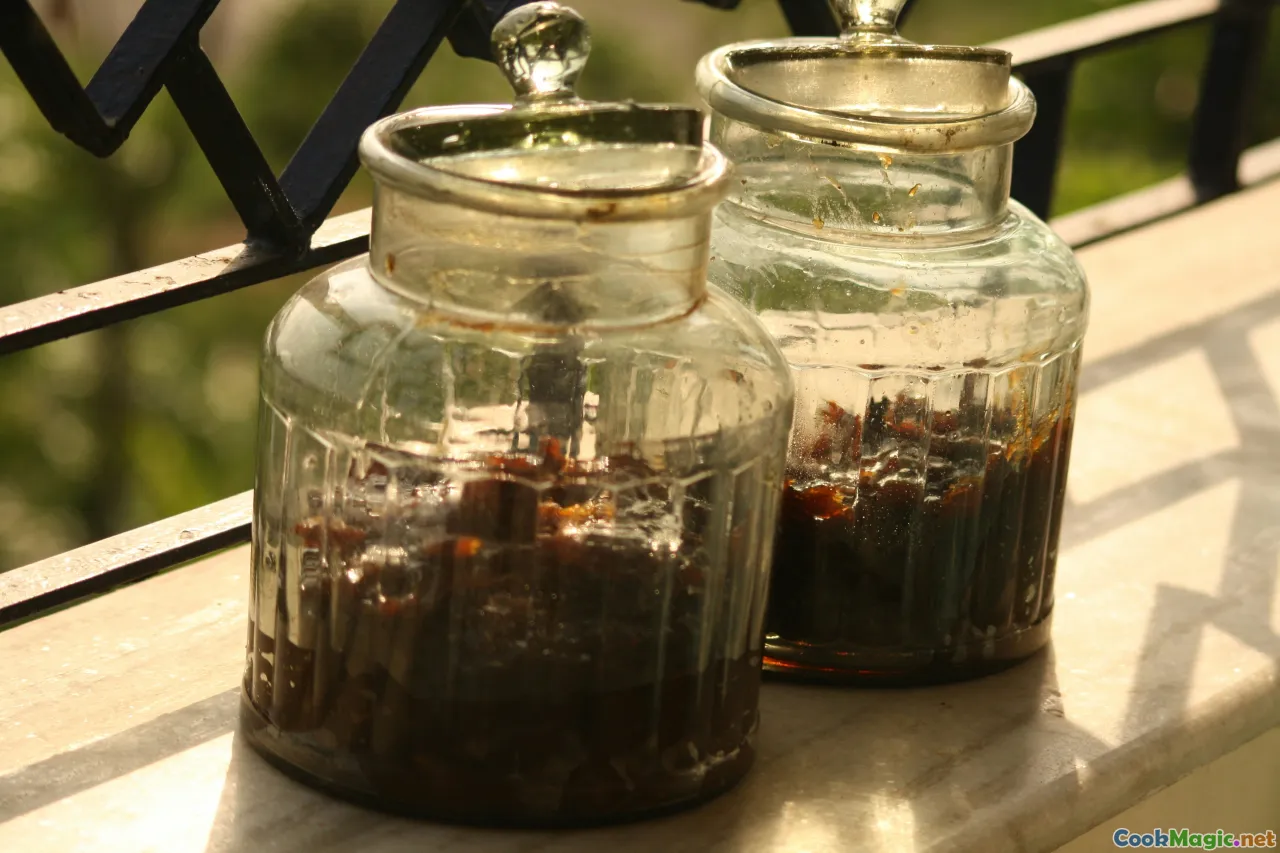
Tie sprigs with cotton string and hang them upside down in a shady, airy place. Sun bleaches; shade preserves. Touch the leaves daily. When they crumble, strip them gently and store in glass jars away from heat. Smell the jar after a month—if it still sings, you did it right.
Herb-Infused Salt is Macedonian kitchen gospel. Here’s a country larder favorite I learned in Bukovo village—a house blend to keep the hills handy.
Bukovska Sol (Bukovo Seasoned Salt):
- 5 tablespoons flaky salt
- 2 tablespoons bukovec (Bukovo crushed red pepper)
- 1 tablespoon dried čubrica (savory)
- 2 teaspoons crumbled wild thyme
- 2 teaspoons powdered garlic
- 1 teaspoon rigan (oregano)
- Optional: 1 teaspoon toasted, ground cumin if you like a smoky shadow
Pound together in a mortar until the salt blushes rust-red and everything smells like a warm wall in August. Keep it in a jar and use generously—over eggs, tomatoes, skewered pork, grilled cheese, or the rim of a rakija glass on a hot afternoon if you are feeling mischievous.
Drying Sremuš and Nettles: Some greens prefer freezing to drying. For sremuš pesto, blanch leaves 10 seconds, shock in cold water, squeeze dry, then blend with walnuts, sunflower oil, salt, and a touch of lemon. Pack tight under a slick of oil, and the jar keeps the smell of April alive in November.
Taste Test: Mint, Thyme, and Savory in Beans and Breads

In a little kitchen in Krushevo—windows thrown open to pine air—we cooked three identical pots of beans, each with one herb change. Then bread rounds, baked side by side, each brushed with oil and rubbed with garlic, then sprinkled with a different herb.
-
Mint Pot: The nane-touched beans tasted clean, soft, and optimistic. Mint blurred the edges of the bean’s starchiness, leaving a wake of coolness. With bread, mint made the crust feel crispier, the crumb sweeter.
-
Thyme Pot: Majčina dušica lent a bold woodsmoke echo. The beans felt a bit more structured, as if the herb pulled the dish upright. On bread, thyme grabbed the oil and turned it into perfume. You can taste the hillside in your teeth.
-
Savory Pot: Čubrica unified everything. Peppery and a little wild, it made the dish taste more “like itself.” On bread, it built a quiet fireworks show: small, bright bursts and then warmth.
My conclusion? Mint for sunshine days and fresh vegetables. Thyme for meat and fireside moods. Savory for everything—beans, breads, and those nights when dinner needs backbone.
Terroir in a Teacup: Mountain Tea and the Science of Aroma
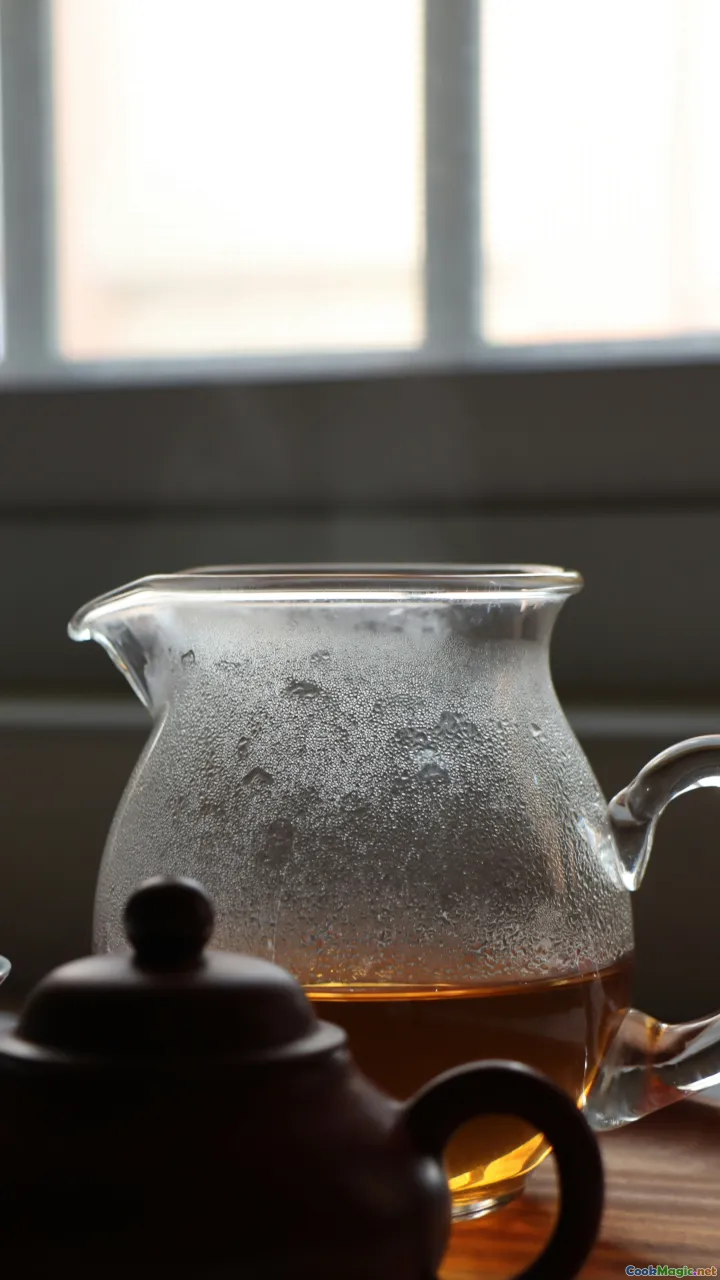
Planinski čaj—mountain tea—belongs to the Sideritis family, flowering spires with tiny yellow blossoms that smell like hay drying in a sunlit barn. On Pelister’s slopes, the granite soils and altitude conspire to concentrate essential oils: linalool, carvacrol, and others that dance into your steam. Plants in higher, harsher conditions cling to life by pumping more aromatic oils into their leaves to deter insects and preserve moisture. Your palate decodes this survival strategy as flavor.
When you brew Sideritis in a clear glass and sweeten with a spoon of chestnut honey from the Kičevo forests, watch the steam. It billows slow. Drink with eyes closed, and you’ll taste a faint chamomile softness chased by sage, then a lemony flare at the end. Macedonians drink it in winter to warm bones and in summer to settle a stomach after long drives over winding mountain roads. In Ohrid, after a sunset walk along the lake, I sat with an old couple who poured me a glass from their thermos. “For sleep,” they said. The cup smelled like a blanket in late September.
Festival Tables: Gjurgjovden Lamb and Summer Fairs
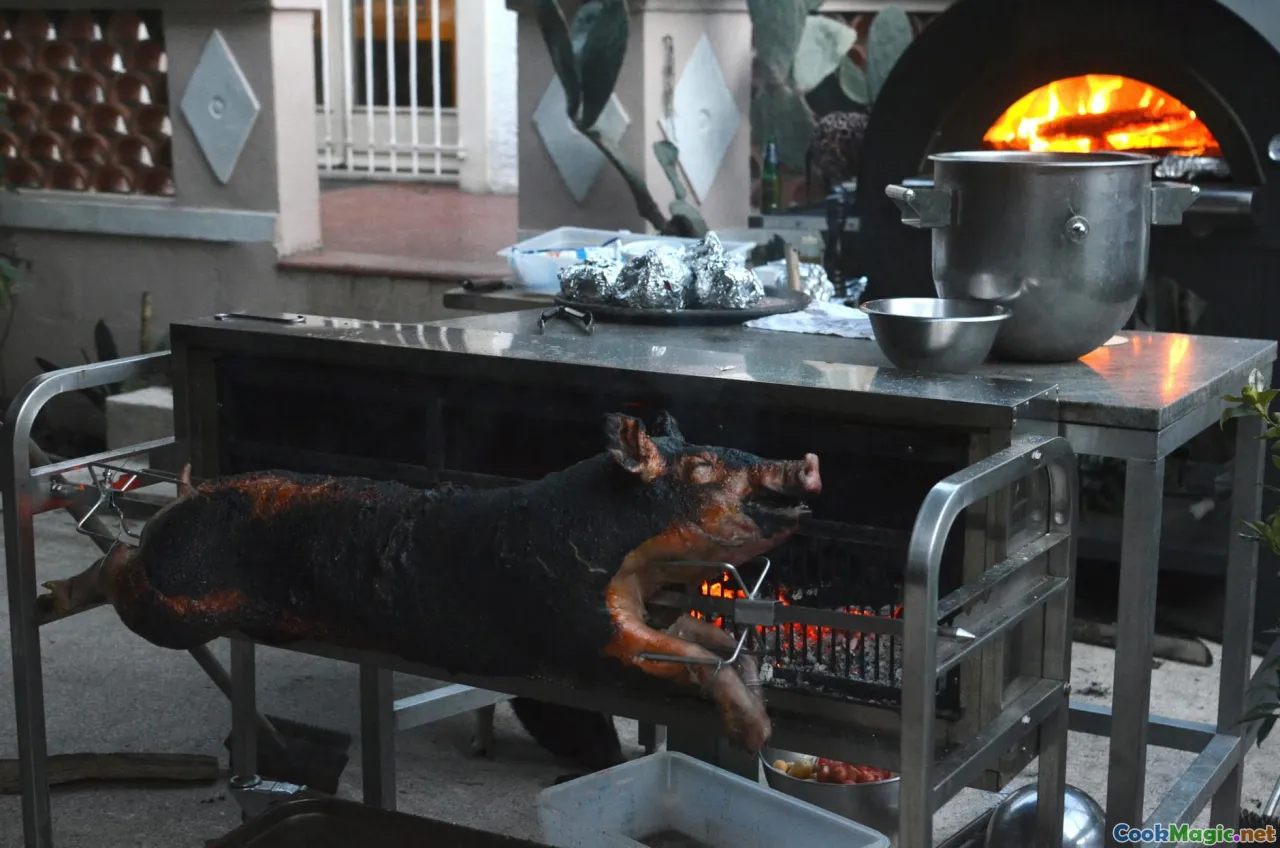
In villages across the country, Gjurgjovden—St. George’s Day—means wreaths of fresh willow and herbs hung over doorways for luck and health. Children chase down a stream to wash faces in cold water, faces slapped red with delight. A long table grows on the street, and above it the smoke line from lamb fires scribbles against morning blue.
Herbs crown the meat and the day. Women tie sprigs of lemon balm and mint into the wreaths, pass around bowls of nettle and sorrel pies, and pester you to eat more, because saying no would insult spring itself. That lamb fat drips onto coals and leaps back as smoke that sees the oregano and thyme and says, “Come with me.” At the end of the day, someone always slips a few dried sprigs into your pocket—an edible talisman.
Summer brings fairs in Prilep and Bitola, where bukovec is sold in burlap sacks, and you can taste cheeses rubbed with herbs and aged in caves. A cheesemaker once cut me a slice of young sirenje rolled in crushed thyme and black pepper, the edges stained green. It squeaked under my teeth and tasted like a meadow breeze pinned under a stone.
From Monastery Gardens to Modern Kitchens

At the gates of the Monastery of St. John Bigorski, the herb garden lies no bigger than a city balcony but richer than a library. Sage is planted where it gets morning sun; mint is tucked in near the well so it stays damp; lemon balm droops over a path like a cat in heat. The monks brew project teas for winter and sell small jars of balms and dried herbs to visitors to support the community. Cooking in a monastery kitchen taught me restraint: a bean stew that tastes complex but has only thyme, garlic, and a brave hand with the salt; a cabbage soup brightened with lemon balm and no chicken at all.
Back in Skopje, modern kitchens play with those flavors. A chef at a tiny bistro off Debar Maalo tossed nettle gnocchi in brown butter and sage, then added crumbled smoked cheese from Mavrovo. Another served a salad of blistered peppers dressed with raw, minced sremuš and sunflower oil, the garlicky heat cutting through the sweetness like a blade. Contemporary Macedonian cooking isn’t about foams and towers; it’s about taste memory, about letting herbs carry stone and sun to the plate.
Tips: Cooking With Wild Herbs Without Overpowering the Dish

- Fat carries flavor. Infuse herbs into oil or butter over low heat; then use the oil to paint doughs or baste meats.
- Timing matters. Mint and lemon balm should meet heat briefly or not at all. Thyme and savory can handle longer cooking.
- Don’t chop herbs into oblivion. Tear leafy herbs; for woody ones, crumble between fingers to awaken oils.
- Salt level changes with dried herbs. Dried thyme and savory taste saltier; start low with salt and adjust.
- Consider texture. Nettle becomes silky after blanching; sorrel melts into velvet with a lemony twinge; use them where that texture matters.
- Think pairing: thyme loves lamb and beans; mint loves dairy and peas; savory loves beans, sausage, and potatoes.
- Reserve a pinch. Always hold back a little to sprinkle at the end, so the dish speaks in two voices—deep and bright.
A Wanderer’s Map: Where to Taste These Herbs Today
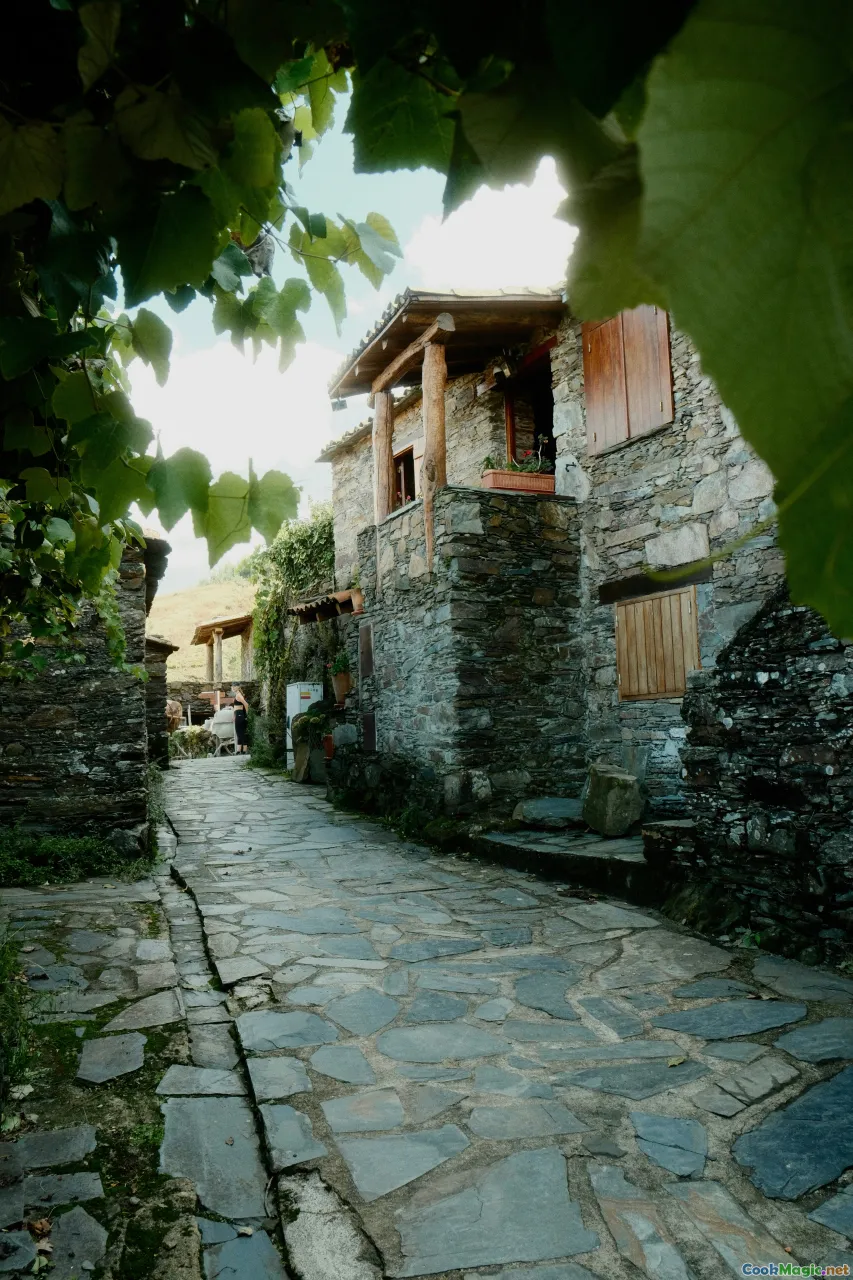
- Skopje’s markets (Zelen Pazar and the stalls along Bit Pazar) for fresh bundles and dried blends. Go at 9 a.m. when everything is crisp and smells like a garden.
- Bukovo village near Bitola for bukovec—walk past the houses in late summer to see strings of drying peppers that glow like lanterns.
- Mavrovo Lake inns for grilled trout with sage and lemon; ask if they have mint yogurt or nettle pie.
- Krushevo’s stone alleys for home kitchens serving zelnik and bean pots that wear thyme like a shawl.
- Prespa and Pelister for mountain tea. If you’re lucky, meet a grower who will show you how to pick responsibly and brew a pot that tastes like evening.
- Old Bazaar (Čaršija) in Skopje for family-run kafanas where pastrmajlija gets a final dusting of oregano the moment it arrives at your table.
When you travel, buy small—one bundle, one jar, one bag. Herbs are stories: light to carry and heavy with meaning.
I think of Vesna when I sift thyme into my palm at home. The scent rises and she is there: the sun not yet cruel, the earth already warm, the dogs trotting in loops. Macedonian rustic recipes are an edible map of its hills and valleys, its stones and chaparral, its mountain shade and river light. When a pie lifts from an Ohrid oven, when a green soup darkens in a clay pot, when lamb hisses on coals and herbs bloom in fat, what you taste is not just flavor. You taste patience. You taste long mornings and hands that know how to pull the stem, and not the root. You taste a place that teaches you to listen before you pick, to wait before you stir, to let the air season your food.
If you ever find yourself in those hills, bend and pinch a sprig. Warm it between finger and thumb. Bring it to your nose. There—now you’re cooking.









